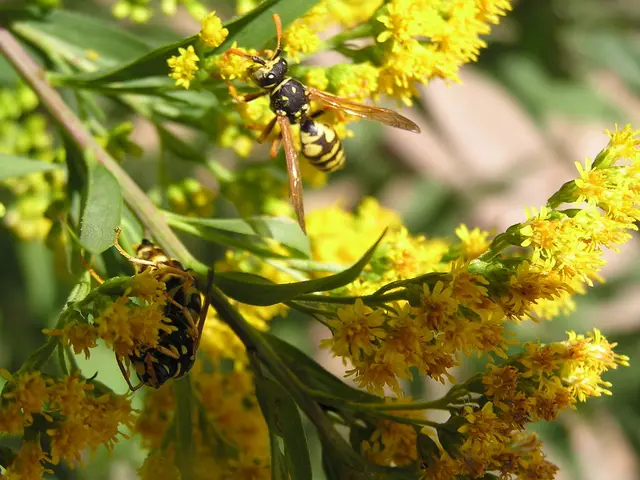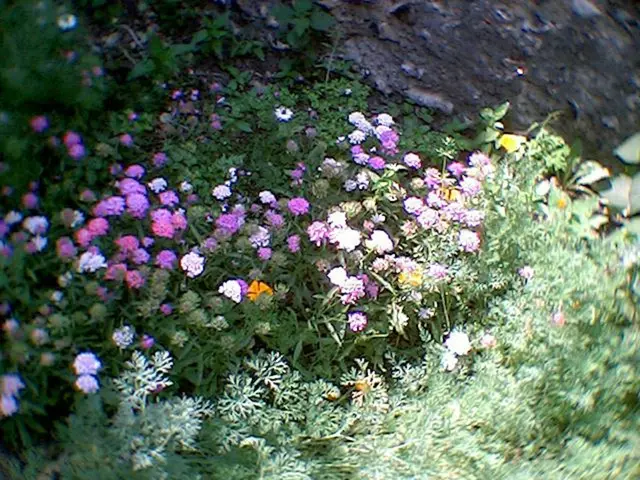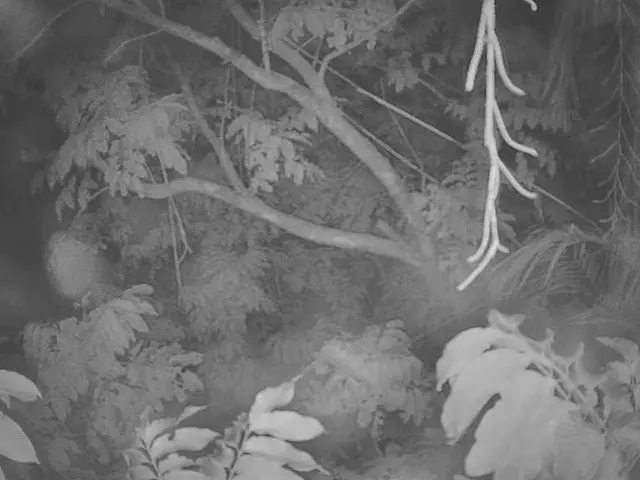Growing Green Beans - The Lowdown
A Guide for Growing Green Beans: A Simplified Step-by-Step Process for Novices
Ready to become a green thumb and expand your garden with some fresh green beans? This guide will walk you through the ins and outs of growing these versatile vegetables — from when to plant them, what type to go for, and where to put 'em. And we'll sprinkle in some extra info for good measure!
When's the best time?
Green beans thrive in warm weather and aren't fond of frost. Aim for a week or two after your last expected frost date or, better yet, wait for your soil to hit the sweet spot of 65 degrees. To keep tabs on your soil's temperature, snag yourself a top-notch thermometer (check out our recommendation in Amazon Storefront here).
Whether you're a fan of pole beans or bush beans, they grow best under warm but not scorching conditions. Keep the heat in check, as temperatures over 90-95F can slow down pole beans' production. Rest assured, once the weather cools down, your hardy pole beans will resume their productive streak.
But don't worry, bush beans are more heat-tolerant and keep on producing, albeit in lower quantities. If you live in a hot climate, opt for some afternoon shade to help your beans stay cool and happy.
Which type is right for you?
Now, let's dive into the difference between pole beans and bush beans.
Pole Beans
These climbers can reach heights of 6-7 feet and need a trellis for support. As they grow, they twist and turn around the trellis without any training needed. Pole beans produce a steady harvest throughout the season and are best suited for areas with high pest pressure, as they tend to outgrow and outcompete many common pests.
Pro Tip: If erecting a trellis tickles your fancy, check out the DIY trellis plans here.
Bush Beans
These compact plants only grow about 12 inches tall and offer a more substantial initial harvest. Compared to pole beans, they produce all their harvest at once and prefer succession planting for multiple harvests over a period of 2-3 months. Since they don't require a trellis, they're a great option for smaller gardens.
Where to plant?
Green beans (tall or short) are all about well-draining soil enriched with organic matter, like compost. And they're not too demanding when it comes to fertilizer — they'll happily make their own!
Just make sure you provide them with at least 6 hours of sunlight (opt for 8+ for the best results), consistent water (particularly when flowers are forming and during hot weather), and a spot protected from the hottest afternoon sun.
Setting the seeds
Once the danger of frost has passed, direct-sow your green bean seeds in the soil (around 1 inch deep) and wait for them to sprout in about a week. If you prefer, you can soak your seeds before planting, but it's not essential — it all depends on the moisture level of your soil.
To keep weeds and moisture level in check, add mulch when your plants reach around 6 inches in height. Green beans are adaptable, so you can grow them in ground beds, raised beds, or containers — just remember to stick with bush beans for containers.
Spread your seeds every 3 inches, thinning them to one plant every 6 inches (with bush beans, in particular).
Growing and Harvesting
Pests
Green beans attract all kinds of beetles, and covering your young plants with tulle or insect netting can help them get established before pests become a problem. Unfortunately, organic pest control methods don't seem to be effective against beetles on green beans.
Harvest
Ideally, harvest your beans before they feel hard inside the pod. The pod should be roughly the size of a pencil, with a slightly shiny exterior. If the pod feels overripe or lacks a sheen, still harvest it to signal the plant to produce new beans.
Snap your beans to the desired length and de-string as needed prior to preparation (canning, freezing, or eating fresh). Don't forget to save one or two pods for seed saving!
Beginner Varieties
If you're a newbie gardener, give Blue Lake pole beans a try, or opt for Contender, Provider, or Blue Lake Bush bush beans. For a truly exceptional bush bean variety, check out Jade beans — they've earned a special spot in our Beginner's Starter Pack with True Leaf Market. And remember, do your homework when selecting varieties to ensure you're picking the right beans for your specific needs (fresh eating, canning, or freezing). Ask your local garden center or nursery for tailored recommendations based on your area and climate.
For more in-depth information on pests affecting green beans, check out episode 256 - Green Beans: What Can Go Wrong?.
Free Resources
Want to grow an impressive garden like a pro? Dive into our free guides to kickstart your gardening journey!
ACCESS THE FREE GUIDES NOW
- To supplement your green bean garden planning, consider downloading garden printables such as a garden planner, succession planting chart, or labels for your bean varieties.
- When it comes to successfully managing pest control in your garden, keep in mind the importance of maintaining a healthy life-and-garden lifestyle to deter potential pests from invading your green beans.
- While investing in quality pest control solutions may be necessary at times, pursuing home-and-garden solutions, such as a homemade organic fertilizer or bird houses for natural pest control, can also contribute to the overall health and productivity of your green bean garden.
- With the skills you gain from growing green beans successfully, you'll find that gardening becomes more than just a hobby — it can become a fulfilling lifestyle that brings joy, sustainability, and satisfaction to your home and daily routine.








